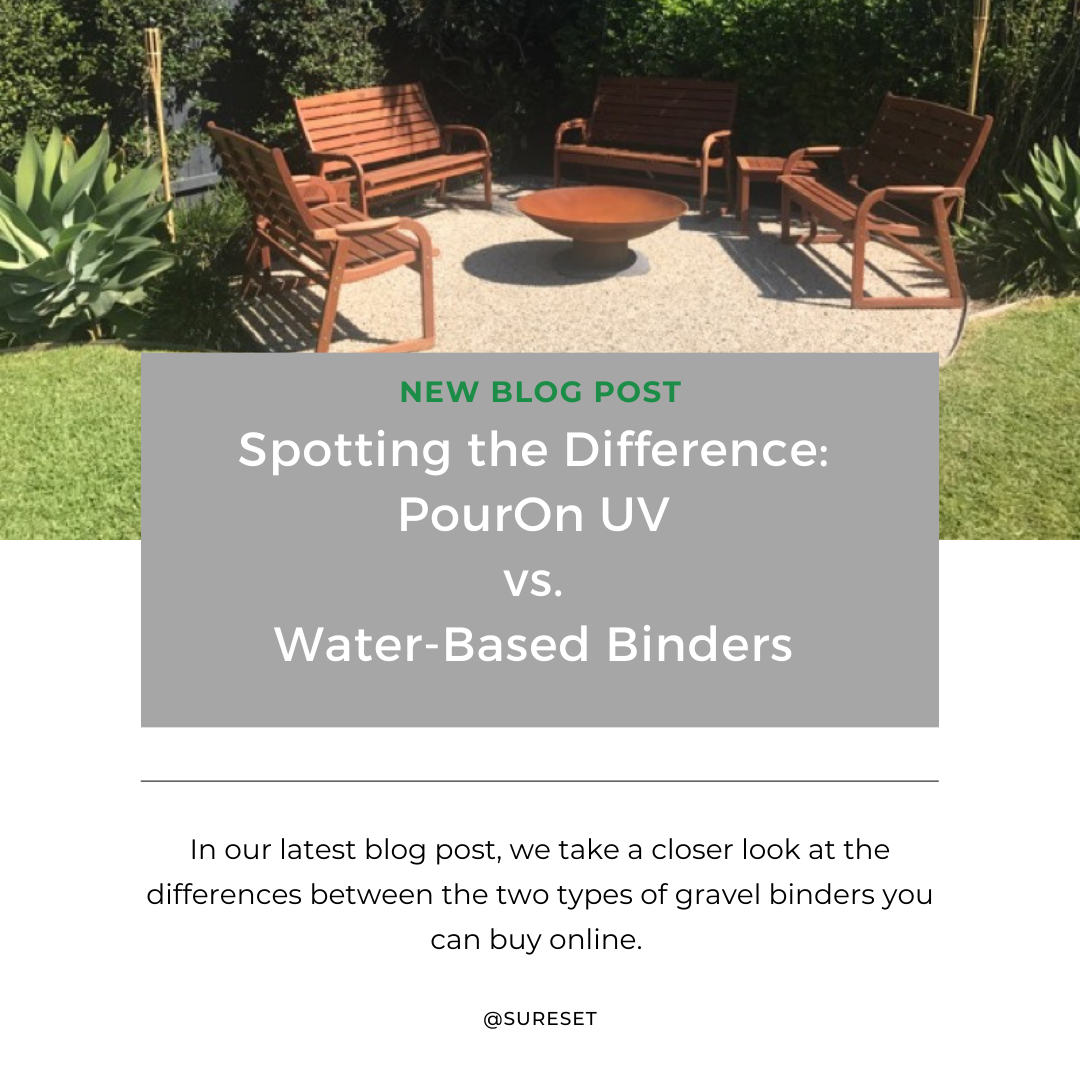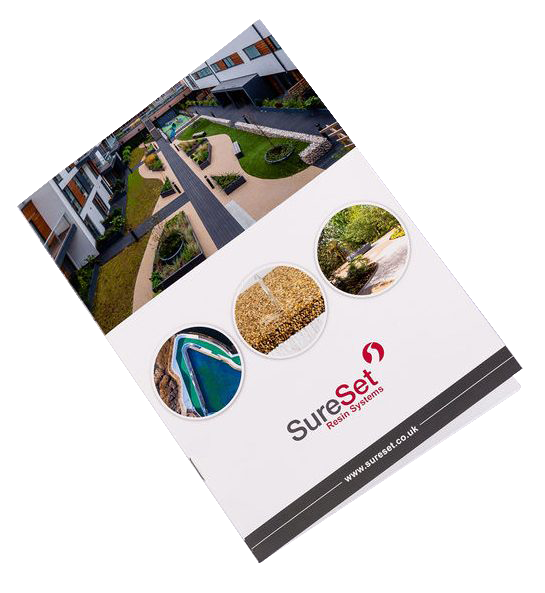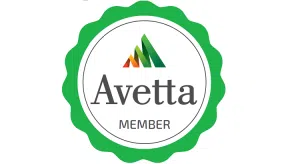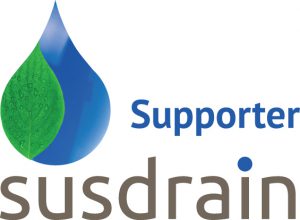
PourOn Gravel binder PU vs Water based.
Polyurethane (PU) gravel binders and water-based gravel binders are two different types of gravel binders used to stabilise loose gravel surfaces. Here's a comparison between the two:
Composition
PU Gravel Binder: SureSet’s PourOn Gravel Binder is a one-component, solvent-free, UV-stable clear Polyurethane. Once applied/poured onto the loose gravel the binder reacts with the moisture in the air curing to form a strong bond. Polyurethane binders are known for their durability and flexibility, resistance to UV-trafficked areas.
Water-Based Gravel Binder: Water-based gravel binders are typically single-component systems that consist of a polymer emulsion dispersed in water. They rely on the evaporation of water to cure and form a binding agent. Water-based binders can be durable however may not perform well in trafficked areas or extreme weather conditions.
Installation
Both PU & Water based Gravel binders are poured onto a loose gravel surface using a container/method to create a ‘shower’ affect to pour and spread evenly over the surface.
The curing time for both methods depends on the environmental conditions, such as temperature, humidity and exposure to sunlight.
Strength and Durability
PUGravel Binder: PU gravel binders generally provide a strong and durable bond between the gravel particles. Once cured, they create a rigid, fully permeable surface that can withstand heavy pedestrian traffic and resist erosion.
Water-Based Gravel Binder: Water-based gravel binders offer an elastic bond. While they can provide sufficient stability for very light pedestrian traffic, they may not be as resistant to more frequent prolonged exposure to water.
Maintenance and Repair
PU Gravel Binder: PU gravel binders can be more challenging to repair since they create a strong durable surface. Damaged areas may require the complete removal of the affected section and reapplication of the binder.
Water-Based Gravel Binder: Water-based gravel binders are generally easier to repair, due to a slightly weaker bond. If an area gets damaged, it can often be patched up by reapplying the binder over the affected region.
For both applications, removal of localised gravel can be achieved and fresh gravel installed followed by the PU or water-based binder.
Summary
The choice between UV gravel binder and water-based gravel binder depends on the specific requirements of the project, such as the intended use, expected traffic, environmental conditions, and desired aesthetics. It is essential to consult with professionals or manufacturers to determine the most suitable gravel binder for your specific application.
Enquire








